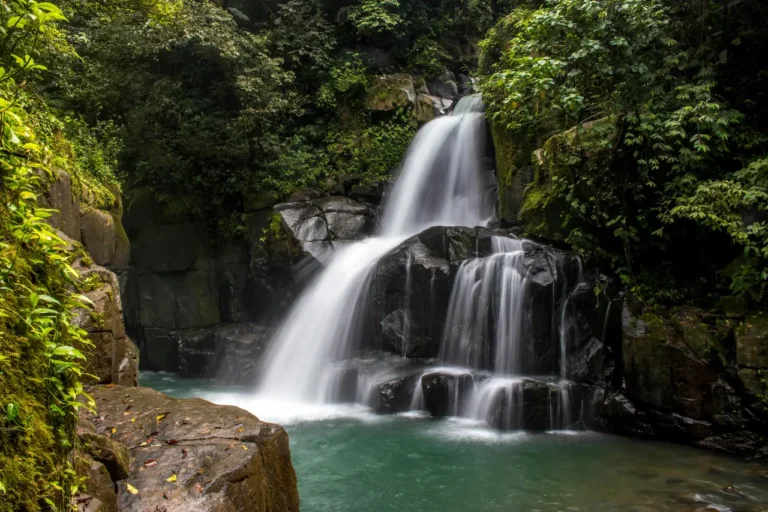Muziris: The Lost Port City That Made the Cheras Masters of Global Commerce
For centuries, the sands of Kerala, India, have held secrets. Not the kind whispered by the wind, but the weight of empires, the murmur of trade, and the ghosts of a civilization that once commanded the attention of the world. This is the story of Muziris, a port city lost to time, yet whose legacy continues to resonate through the landscape, the epigraphy, and the very soul of Kerala. It’s a tale woven from the threads of the Chera dynasty, the rise of the Romans, the spice routes, and the enduring power of human ambition.
The Geography of Power: Muziris’ Strategic Significance
Muziris, in its prime, wasn’t simply a port; it was a nexus, a vital intersection of land and sea. Located at the mouth of the Periyar River (now Vembanad Lake) in what is now Kochi, Kerala, its strategic importance stemmed from a confluence of factors. The river provided access to the backwaters – a complex network of canals – which, in turn, facilitated the transport of goods inland. Crucially, Muziris sat at the crossroads of several trade routes. To the west lay the Red Sea and the Roman Empire, while to the east lay the kingdoms of the Deccan and Southeast Asia. The very shape of the coastline, with its sheltered lagoons and natural harbours, was designed by nature to facilitate trade. The ancient Greeks, notably Ptolemy, recognized this early, documenting the port’s importance in their geographica writings.
The geological composition of the region – rich in limestone and other minerals – likely contributed to the area’s wealth, attracting both indigenous and foreign settlers. Archaeological excavations – particularly those at Kodungallur (Cantiri) – have revealed evidence of a thriving urban center long before the arrival of the Romans, suggesting a deep-rooted history of trade and settlement.
The Cheras and the Rise of Muziris
The rise of Muziris as a major trading center is inextricably linked to the Chera dynasty, a powerful kingdom that ruled much of South India from the 3rd to the 8th centuries CE. Unlike many contemporary kingdoms focused on military expansion, the Cheras were shrewd merchants, leveraging their control of key resources – particularly spices – to build a formidable economic empire. Their capital, Tiruvanchikulam (near modern Kochi), became a hub of activity, attracting merchants from across the globe. The Chera rulers, particularly King Sreevallabhanan Nannan and later Rajaraja I, actively promoted trade, establishing diplomatic relations with foreign powers and implementing policies to facilitate commerce. The epigraphic evidence – the numerous rock inscriptions discovered in Kerala – provides invaluable insights into their trade policies and their interactions with foreign traders.
It’s important to note the nuanced political landscape of the time. The Cheras didn’t exert absolute control over the entire region. They operated within a complex web of alliances and rivalries with other South Indian kingdoms, such as the Pandyas and Cholas. Their success in dominating the spice trade was, in part, a result of their ability to manage these political dynamics and to forge advantageous partnerships.
The Roman Connection: Pliny the Elder and the Spice Routes
The arrival of the Romans in the 1st century CE dramatically altered the course of Muziris’ history. The Roman fascination with luxury goods, particularly spices – cinnamon, cloves, pepper, and cardamom – drove a relentless demand that fueled the growth of the spice routes. The Roman author Pliny the Elder, in his *Natural History*, provides the most detailed description of Muziris, referring to it as ‘Malabar’ and depicting it as a vibrant trading center where merchants from ‘the farthest corners of the earth’ converged. Pliny describes the city’s bustling marketplaces, the elaborate rituals surrounding the unloading of goods, and the diverse ethnic groups involved in the trade.
Roman expeditions, led by figures like Appius Claudius Cassius, ventured deep into the Malabar coast, establishing trading posts and forging alliances with local rulers. Archaeological evidence – including Roman coins, pottery fragments, and even traces of Roman architecture – confirms the extent of Roman influence. However, the Roman presence wasn’t solely based on trade. The Romans were also interested in securing access to the lucrative spice trade, and some scholars believe they may have engaged in military activities to protect their interests.
The Battle of Muziris (circa 760 CE) – A Pivotal Moment
The decline of Muziris’ prominence is often attributed to a single, dramatic event: the Battle of Muziris, fought around 760 CE between the Cheras and the rising Chola dynasty. This wasn’t simply a battle for territory; it was a contest for control of the entire spice trade. Rajaraja I, the formidable Chera king, recognized the growing power of the Cholas, who were expanding their influence along the Malabar coast. The Cheras mobilized a large army, comprised of infantry, cavalry, and naval forces. The battle took place at the mouth of the Periyar River, a strategic location that controlled access to the port.
According to contemporary accounts – primarily derived from Chera epigraphy – the battle was a brutal and decisive encounter. Rajaraja I, utilizing his superior naval power and tactical acumen, inflicted a crushing defeat on the Chola army. The Cholas were routed, and their control over the spice trade was effectively shattered. This victory secured Rajaraja I’s dominance and ushered in a new era for Muziris, although the Roman presence had already begun to diminish.
The tactics employed during the battle highlight the sophistication of Chera military organization. They used a combination of naval bombardment, amphibious assaults, and coordinated infantry attacks. The battle’s turning point likely involved a strategically placed Chera naval squadron that disrupted the Chola supply lines and forced them to disengage.
The Aftermath and the Lost City
Following the Battle of Muziris, Rajaraja I continued to consolidate his control over the spice trade, establishing Muziris as the undisputed center of the Malabar coast. However, the rise of the Caliphate of Baghdad in the 9th century – which established its own trade routes to the east – gradually eroded Muziris’ importance. The arrival of the Arabs in Kerala in the 8th century also presented a significant challenge to Chera power. The decline of the Chera dynasty, coupled with the rise of new maritime powers, led to the gradual abandonment of Muziris.
The reasons for Muziris’ decline are complex and multifaceted. The shifting trade routes, the rise of new maritime powers, the internal instability of the Chera kingdom, and the impact of the Arab invasions all contributed to its demise. Over time, the city was swallowed by the backwaters, and its existence was largely forgotten by the outside world. Archaeological excavations have revealed tantalizing glimpses of this lost city, but much remains shrouded in mystery.
Legacy and Remembrance
Despite its disappearance, the legacy of Muziris continues to resonate in Kerala today. The site of Kodungallur, believed to be the location of the ancient port, is a significant archaeological site, attracting researchers and tourists alike. The memory of Muziris is woven into the fabric of Kerala’s culture and folklore. Local legends speak of the city’s wealth and grandeur, and the site is associated with various religious traditions. The annual Kochi-Muziris Biennale, a major international art festival, is held in Kochi, celebrating the city’s rich cultural heritage and its role in global trade.
Furthermore, the rediscovery of ancient inscriptions and the ongoing archaeological research continue to shed new light on this fascinating chapter in Indian history. The story of Muziris serves as a powerful reminder of the interconnectedness of ancient civilizations and the enduring impact of trade on the course of human history.
It’s a story of ambition, innovation, and ultimately, the ephemeral nature of empires. A lesson etched not just in stone, but in the very soul of Kerala.
Excerpt: “Muziris was more than just a port; it was a crucible where cultures met, where spices fueled empires, and where the echoes of ancient trade routes still resonate today. The rise and fall of this lost city offers a profound lesson in the dynamics of global commerce and the enduring power of human ambition.”</n}





